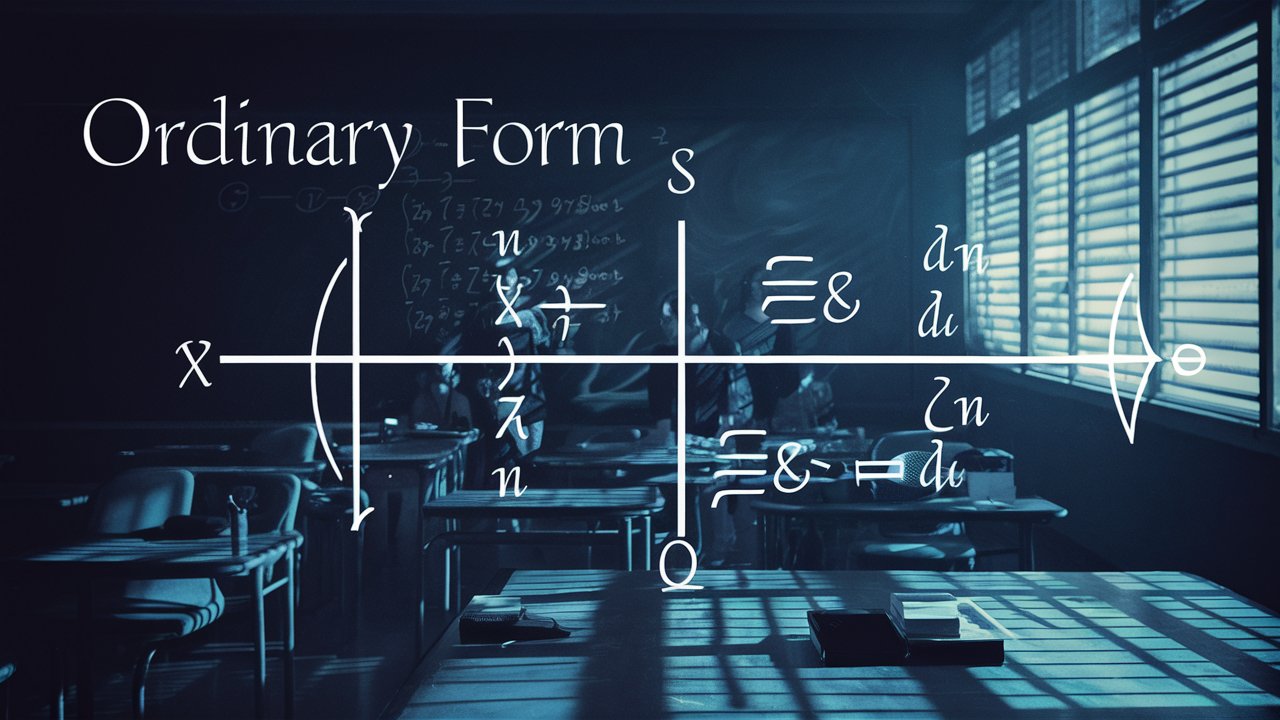
Ordinary Form refers to the standard version of the Roman Catholic Mass, also known as the Novus Ordo. Introduced by Pope Paul VI in 1969, it replaced the Tridentine Mass. This form is celebrated in the vernacular language, making it more accessible to the congregation. The Ordinary Form emphasizes active participation, with responses and prayers spoken aloud by the people. It includes three main parts: the Liturgy of the Word, the Liturgy of the Eucharist, and the concluding rites. The priest faces the congregation, fostering a sense of community. Ordinary Form Masses can vary in style, from simple to elaborate, but the core structure remains consistent.
What is Ordinary Form?
Ordinary Form, also known as the Novus Ordo, is the standard liturgy used in the Roman Catholic Church. It was introduced after the Second Vatican Council in the 1960s. Here are some intriguing facts about this form of the Mass.
-
The Novus Ordo was introduced in 1969. Pope Paul VI promulgated it to make the liturgy more accessible to the modern congregation.
-
Mass is celebrated in the vernacular. Unlike the Traditional Latin Mass, the Ordinary Form allows for the use of local languages.
-
The priest faces the congregation. This change was made to foster a sense of community and participation.
-
Laypeople can serve as lectors and Eucharistic ministers. This inclusion allows more active participation from the congregation.
-
There are three cycles of readings. The lectionary follows a three-year cycle, ensuring a broader exposure to the Scriptures.
Differences from the Traditional Latin Mass
The Ordinary Form brought several changes compared to the Traditional Latin Mass, also known as the Tridentine Mass. These differences are significant and have shaped modern Catholic worship.
-
The sign of peace is exchanged. This gesture symbolizes unity and reconciliation among the congregation.
-
Multiple Eucharistic Prayers are available. The Ordinary Form includes several options for the Eucharistic Prayer, offering variety in the liturgy.
-
The Responsorial Psalm is sung or recited. This element encourages active participation from the congregation.
-
The Prayers of the Faithful are included. These intercessory prayers allow the congregation to pray for various needs and intentions.
-
The altar is often freestanding. This design allows the priest to face the congregation during the Eucharistic Prayer.
The Role of Music in Ordinary Form
Music plays a vital role in the Ordinary Form, enhancing the worship experience and encouraging participation.
-
Gregorian Chant is still used. Despite the changes, Gregorian Chant remains an important part of the liturgy.
-
Contemporary hymns are included. Modern hymns and songs are often used, reflecting the diverse musical tastes of the congregation.
-
The Gloria is sung or recited. This ancient hymn of praise is a key part of the Mass.
-
The Responsorial Psalm can be sung. This allows for a more engaging and dynamic liturgical experience.
-
The use of musical instruments is encouraged. Instruments like the organ, guitar, and piano are commonly used to accompany the singing.
Liturgical Seasons and Ordinary Form
The Ordinary Form follows the liturgical calendar, which includes various seasons and feasts that shape the worship experience.
-
Advent marks the beginning of the liturgical year. This season of preparation leads up to Christmas.
-
Lent is a time of penance and reflection. This 40-day period prepares Catholics for Easter.
-
Easter is the most important feast. The celebration of Christ's resurrection is the pinnacle of the liturgical year.
-
Ordinary Time focuses on the teachings of Jesus. This period allows for reflection on Christ's life and ministry.
-
Feast days honor saints and significant events. These special days provide opportunities to celebrate and remember important figures and moments in the Church's history.
Final Thoughts on Ordinary Forms
Ordinary forms might seem mundane, but they hold fascinating details. From the everyday objects we use to the patterns in nature, these forms shape our world in ways we often overlook. Understanding their significance can change how we see our surroundings. Whether it's the geometry of a snowflake or the design of a coffee cup, these forms are everywhere. They influence art, architecture, and even science. Next time you encounter something seemingly ordinary, take a moment to appreciate its form. You might discover a new perspective or a hidden beauty. Ordinary forms are anything but ordinary when you look closely. They tell stories, solve problems, and inspire creativity. So, keep your eyes open and your mind curious. The world is full of wonders waiting to be noticed.
Was this page helpful?
Our commitment to delivering trustworthy and engaging content is at the heart of what we do. Each fact on our site is contributed by real users like you, bringing a wealth of diverse insights and information. To ensure the highest standards of accuracy and reliability, our dedicated editors meticulously review each submission. This process guarantees that the facts we share are not only fascinating but also credible. Trust in our commitment to quality and authenticity as you explore and learn with us.


